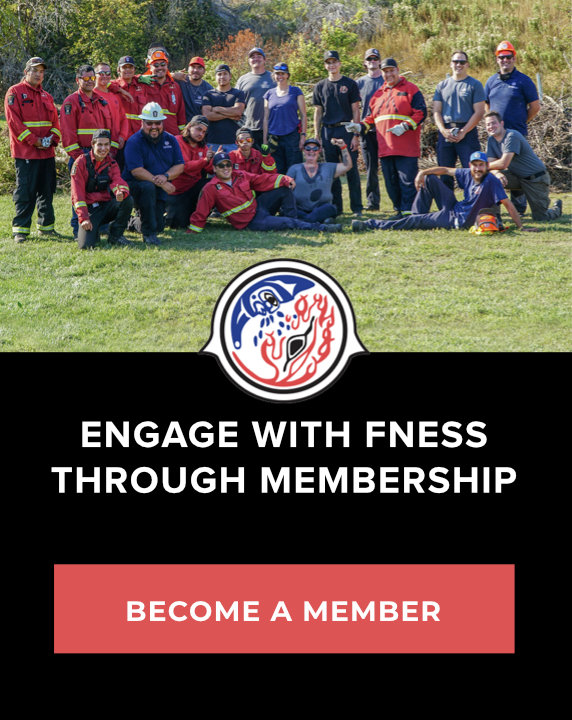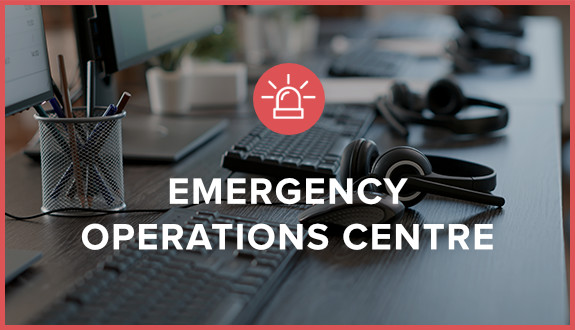Preparing your community for an emergency can be a daunting task, but it doesn’t have to be. Completing the tasks below can help you be prepared in the event of an emergency.
1. Planning Committee
Determine personnel, assign roles and responsibilities. Key members may include representatives from:
• First Nations departments (e.g. health, finance, planning)
• Local law enforcement and first responders (e.g. fire, ambulance, emergency social services)
• Relevant agencies and organizations (e.g. health authority, school district)
2. Community Emergency Management Plan
Create or locate an emergency plan for your community and ensure it is up to date. Download Emergency Management BC’s Emergency Management planning guides and templates for Local Authorities and First Nations at https://www2.gov.bc.ca/gov/content/safety/emergency-management/local-emergency-programs/establishing-an-emergency-program
3. Community Maps
Identify high hazard and high-risk areas such as:
• Wildland-urban interface zones
• Infrastructure (e.g. roads, communication systems, water and power lines)
• Water sources
• Elder’s homes
• Community centres
• Places of special interest (e.g. community church, graveyard, sacred places)
4. Contact Lists
Identify emergency resources and community contacts. Compile a list of community members that may require extra assistance (e.g. elders, people with disabilities)
5. Partner/Host Communities
Reach out to other communities to develop reciprocal agreements to provide/receive assistance during emergency situations. Build relationships with your neighbours, both inside and outside of your nation.
Printable Version – Prepare Your Community






![24 Jonas Joe (5P63)[67] copy profile photo of Jonas Joe](https://www.fness.bc.ca/wp-content/uploads/2024/11/24-Jonas-Joe-5P6367-copy-scaled.jpeg)

